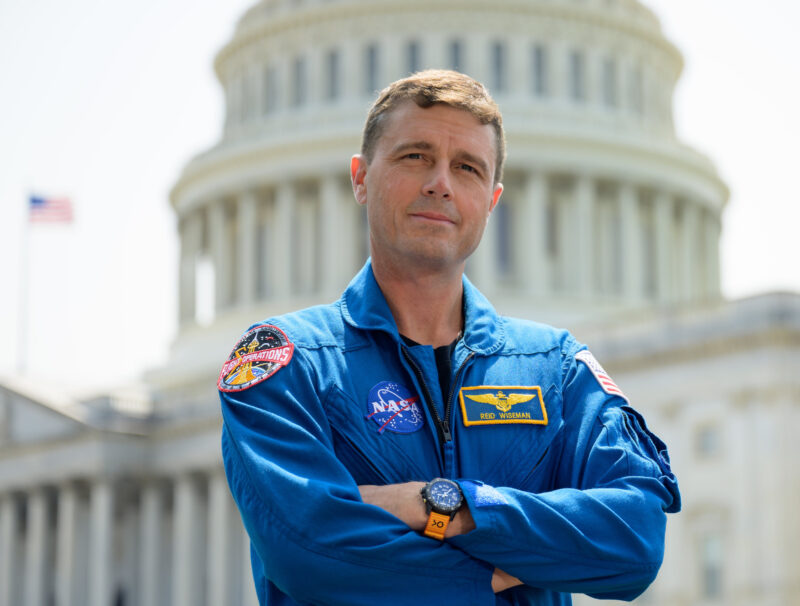
For someone who is commanding a mission to the Moon, Reid Wiseman is delightfully approachable. Wiseman is charged with implementing one of the most memorable missions in a generation. As the commander of Artemis II, it is his role to spearhead the first crewed lunar flyby in over 50 years. Despite his busy schedule, he was generous enough to join AmericaSpace for an in-depth interview. His graciousness, his enthusiasm for his job, and his appreciation for his crew’s support team were on full display during our conversation. In this two-part feature, Wiseman shares new insights on his career, the flight crew selection process, the Artemis training flow, mission patches, and more.
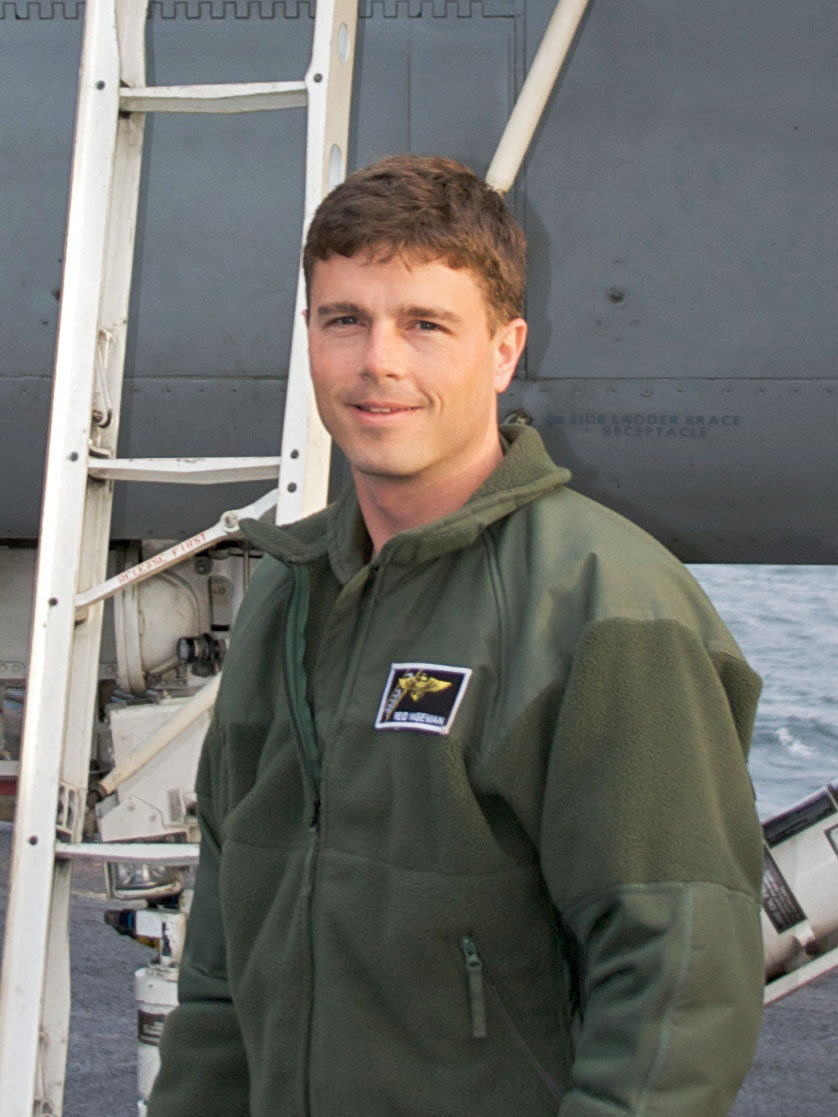
Wiseman received his current assignment less than six months ago. However, in many ways, he has been preparing for Artemis II for the past 30 years of his life. Wiseman grew up in Maryland, and from a young age, he felt drawn to aviation and to public service. By his own count, he has logged thousands of hours in over 35 types of aircraft as a Naval aviator and as a test pilot. Most notably, he is familiar with all three of the U.S. Navy’s modern fighters. In particular, he has high praise for the F/A-18 Hornet. “The Hornet/Super Hornet is an amazing airplane to fly. It’s the most fun airplane which I have ever flown. You just get in, you turn it on, and you go. You don’t even think about the machine around you; it does everything you want it to do. The systems are modern, advanced, and very, very capable.” While he did not fly the F-35 Lightning II stealth fighter, he played a major role in its development and spent a substantial amount of time in F-35 simulators.
However, there is no question about which jet is his favorite. “I guarantee that every young adult growing up remembers their first car. You always have that love affair with that first car, even if it was a 100-dollar car that was falling apart. The F-14 is my one love in aviation. I enjoyed flying it. It took a team to keep that airplane flying, since it was old and hard to maintain. I am still very good friends with the young enlisted men and women who maintained that airplane. I watched them grow up and have kids – it has been really fascinating to me.” He smiles, and adds, “When I dream at night, I still dream that I’m in an F-14, flying aboard an aircraft carrier, so that shows me where my heart is.”
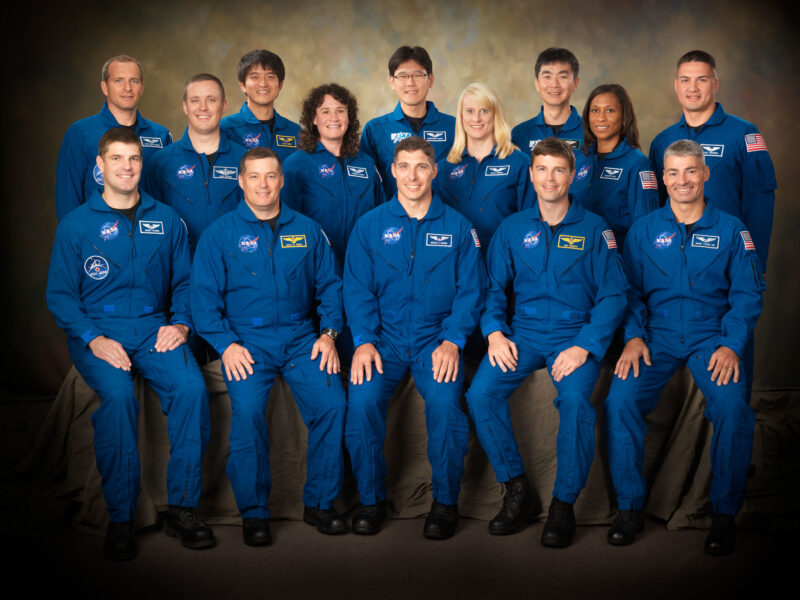
Wiseman arrived at NASA in 2009. It was a difficult period for the agency. The Constellation program, the prior initiative to return humans to the Moon, was cancelled shortly after his astronaut candidate class was selected. Wiseman was participating in a geology training exercise at the time. While he recalls being disappointed, the announcement did not diminish his enthusiasm for space exploration. “I just knew that NASA was a long goal type of agency. It didn’t crush us completely. We still had the International Space Station (ISS). We knew we were flying on Soyuz. The Space Shuttle was still flying at the time. So, I felt like we knew that we would have a successful future in space.”
Fifteen years later, Wiseman is pleased by the state of human spaceflight and by the program which NASA has built. “As I see Artemis start to come together, it looks a little bit like Constellation, but it also doesn’t look like Constellation. For me, the thing that I like the most about Artemis is that we are going to the Moon and on to Mars, but we are also going as an international team and as a public-private partnership team. That is the model which we are setting, and I like that direction very much.”
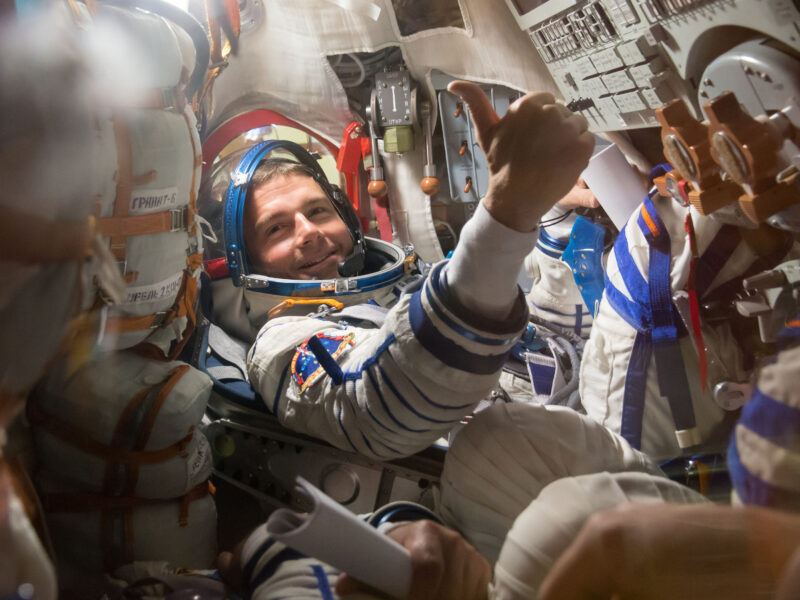
Following his first spaceflight, the six-month Soyuz TMA-13M mission to the ISS, Wiseman was appointed as the Deputy Chief of the Astronaut Office. He was promoted to chief astronaut in 2020. The chief astronaut is responsible for speaking with NASA management on behalf of his or her colleagues and for assigning astronauts to specific roles and missions. “When you hold flight assignments in your hands as a singular person, that is a very difficult thing to do. You are holding their life, their dreams, and their hopes in your hands.” Wiseman goes on to offer a detailed description of the flight crew selection process. “My general philosophy as Chief of the Astronaut Office was, if you haven’t flown in space, you get the next (ISS) mission coming, period. Let’s give people exposure to long-duration spaceflight and leadership opportunities, so that when they come back, they can lead Artemis and be valuable players.”
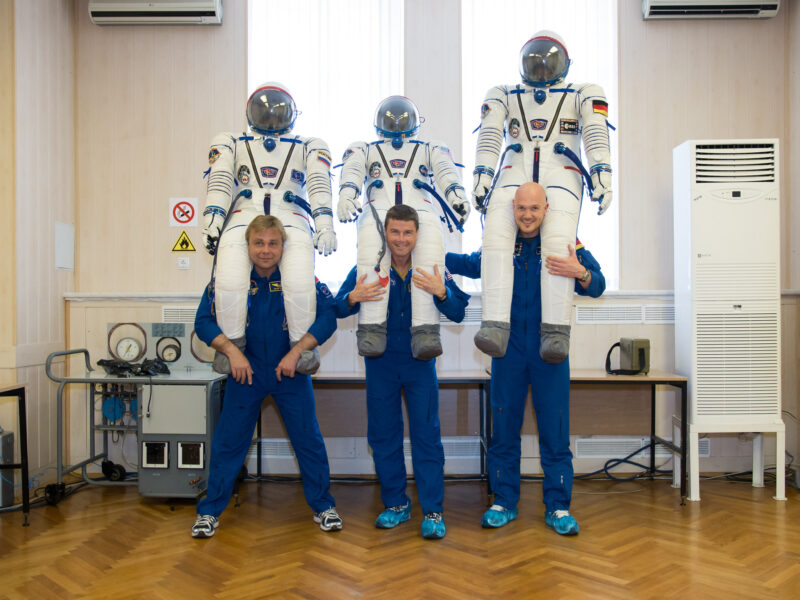
This foundation of spaceflight experience, in turn, influenced Wiseman’s approach to the flight assignments for the Artemis missions. At all times, he wanted to maintain a pool of unassigned astronauts who were available to fly these missions, regardless of whether or not they were delayed. “(Artemis) III was really the focus, because if you have a landing mission, that’s very complicated,” Wiseman says. “I looked ahead at when I thought we would assign Artemis II and Artemis III, and I looked at who was available. It was primarily those folks who have recently flown and come back – people like Anne McClain, Jessica Meir, Christina Koch, Victor Glover, Drew Morgan. That class of astronauts was the core group that I was looking at.”
Wiseman elaborates, “I made a giant list of every qualification that we had in the office. Diversity in all walks of life was important to me. For Artemis II and III, I wanted test pilots and non-test pilots. I wanted scientists. I wanted a doctor in the mix somewhere if I could have it. I wanted men and women from all walks of life. When you actually map it out, you would come to a list of about 12 names that were in the running for these missions.”
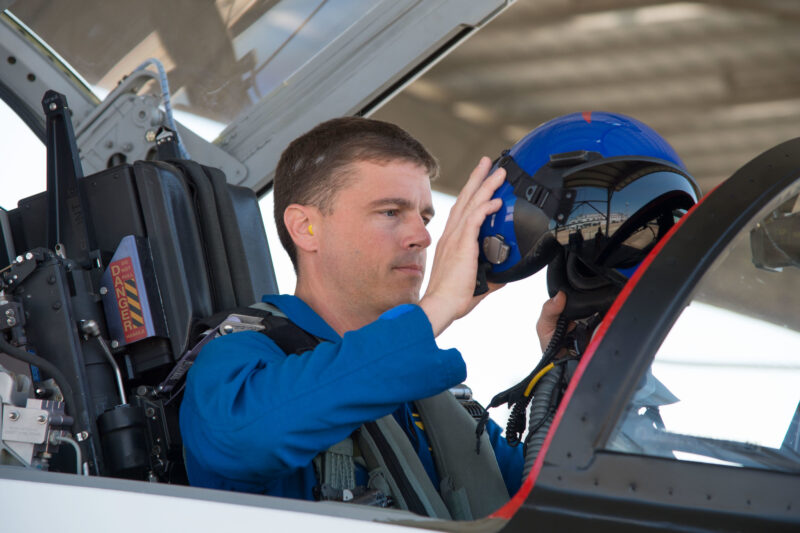
Wiseman emphasizes that the list is constantly changing and that the crew complements of future Artemis missions will not be decided for several years. “Sometimes, somebody would get assigned and come out of those 12 (names), and sometimes, somebody would come back from space and they would go into the end of that funnel. About 8 to 12 people were always in that crucible, but it wasn’t always the same 8-12 names. It was 8-12 capabilities and backgrounds.” He adds, “We’re soon going to launch a couple more people who were in that bucket because we need space station fliers, and they will eventually go back into (the list) when they return.”
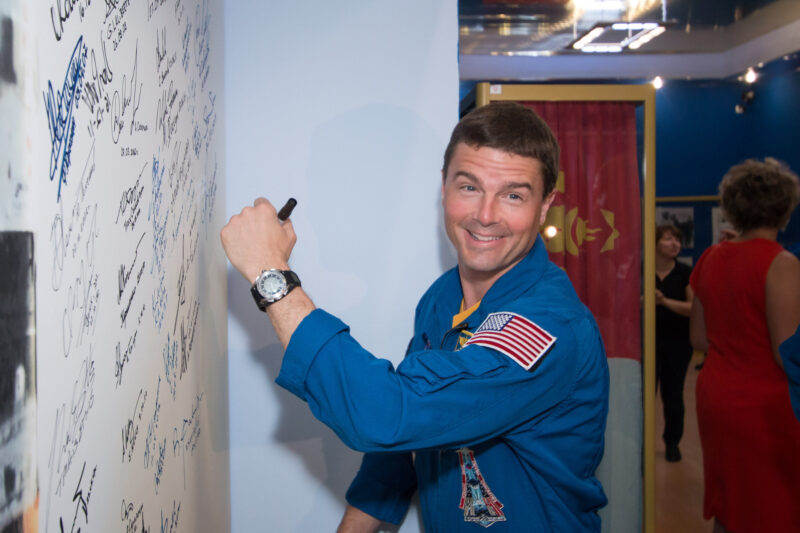
One widespread urban legend claims that the Chief of the Astronaut Office is allowed to choose their next flight assignment. Wiseman is quick to dismiss that myth. “In the olden days, the Chief would assign themselves and step down. I just don’t think that is the right model. When you’re Chief, I think you get a lot of exposure (outside of the Astronaut Office). When missions come along, there are a lot of people who want to see you go fly.” Wiseman adds that, due to his responsibilities at home, he was only available to fly a short-duration mission rather than a full ISS Expedition. “There was no way that I was going to walk out the door and mandate that I take a particular mission, but at this point in my life, I also wasn’t going to say ‘no’ if the opportunity came up.”
Wiseman is proud of his role in creating the methodology for selecting the next generation of Moonwalkers. “I think it’s a pretty good system, and we have done a lot to make it as open as possible,” he says. “When I was Chief, I had a giant dry-erase board behind me, and every single astronaut was on that board in some capacity. They could see exactly where they were and where they were going.”
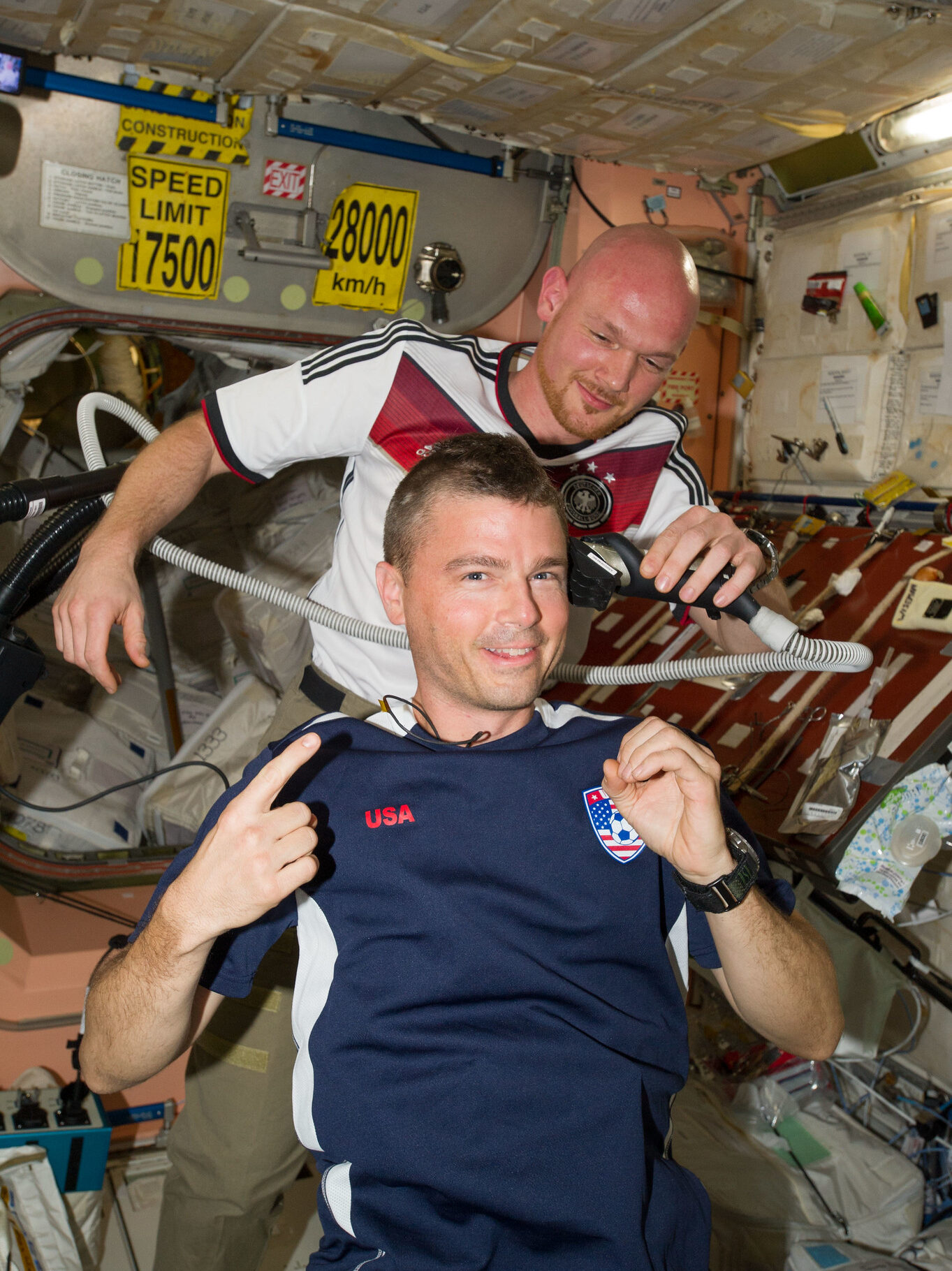
Wiseman left his post as the Chief of the Astronaut Office before his crewmates, Victor Glover, Christina Koch, and Jeremy Hansen, were assigned to Artemis II. All three astronauts were recommended by his successors, Drew Feustel and Joe Acaba, and they were approved by Norm Knight, the leader of NASA’s Flight Operations Directorate. Wiseman is pleased with his successors’ decisions, and he is full of praise for his new crew. “I think this is the strongest crew you could ever put together – technically, leadership-wise, and on public outreach.” Over the course of five months, the four astronauts have developed strong interpersonal chemistry which is readily visible whenever they participate in a public event. Thus far, Wiseman’s favorite part of the preparations for Artemis II has been the quiet moments which he shares with his crewmates after an intense day of training. Even astronauts sometimes need to fly commercial, and they have ample time to bond while they are waiting to board their flight. “We just sit around and talk a little bit about the day and laugh a little bit,” he says.
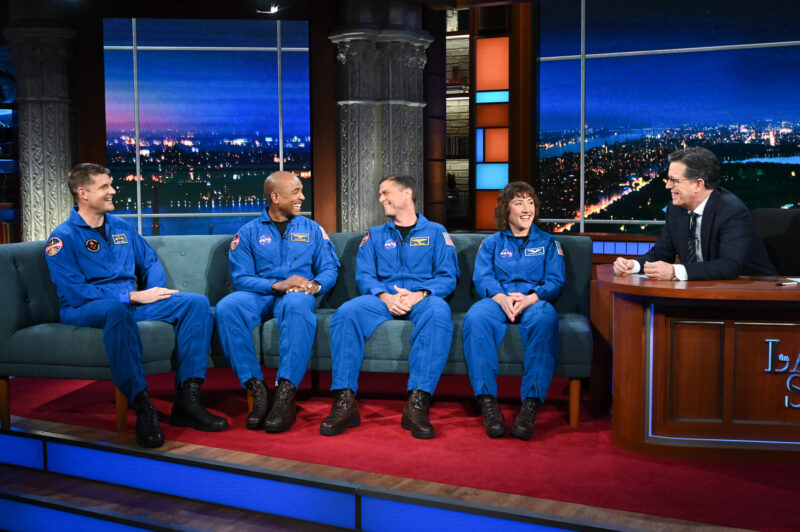
Wiseman is quick to highlight his crewmates’ individual strengths. “Everywhere we go – everywhere – someone comes up and shakes Victor’s hand. What they say is, ‘thank you for what you did for my family.’ I’ve been blown away by that.” He says that Koch is the member of the crew who is most likely to be recognized by members of the public while they are waiting in airports. “Christina is very, very, very popular, and I think there are a lot of reasons for that. She’s so well-spoken, she’s very identifiable, and she’s very personable.” Wiseman recalls, “There are moments when Jeremy turns on this ‘funny switch,’ and the guy just gets unbelievably hilarious. He did it on Colbert, and then he did it again when we were in Bremen, Germany. He will just come up with a joke out of nowhere.”
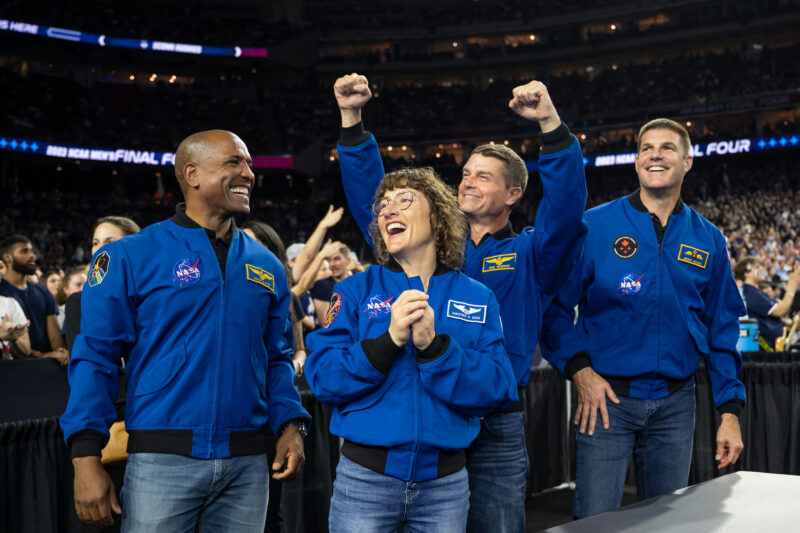
While Wiseman is designated as the commander of Artemis II, he has adopted an egalitarian leadership style. Given the experience of his crew, he believes that his role is to empower them to succeed rather than to make decisions for them. “If I’m mission-focused, I want to see where everyone’s strengths are. Christina’s strengths are different from mine, which are different from Victor’s, which are different from Jeremy’s. We all have areas where we are extremely and naturally strong. I’m trying to isolate out those areas – and there are some areas of overlap, where two people might be very strong and I have to decide which person will focus on that (domain). I’m building that picture right now, and it is building very well.”
The second half of AmericaSpace’s interview with Reid Wiseman will be published tomorrow. It will describe the training flow for the Artemis II mission, the recent Artemis countdown demonstration test, the status of the crew’s mission patch, and more.




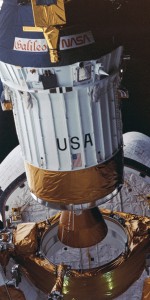
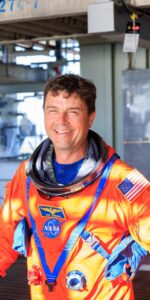
6 Comments
6 Pings & Trackbacks
Pingback:Leading the Way to the Moon: An Interview with Artemis II Commander Reid Wiseman (Part 2) - AmericaSpace
Pingback:Leading the Way to the Moon: An Interview with Artemis II Commander Reid Wiseman (Part 2) - SPACERFIT
Pingback:Expedition 70 Crew to Enjoy Thanksgiving Dinner Aboard Space Station - AmericaSpace
Pingback:Expedition 70 Crew to Enjoy Thanksgiving Dinner Aboard Space Station - SPACERFIT
Pingback:NASA Delays Artemis II and III Missions, Cites “Incredibly Large Challenge” - AmericaSpace
Pingback:NASA Delays Artemis II and III Missions, Cites “Incredibly Large Challenge” - SPACERFIT